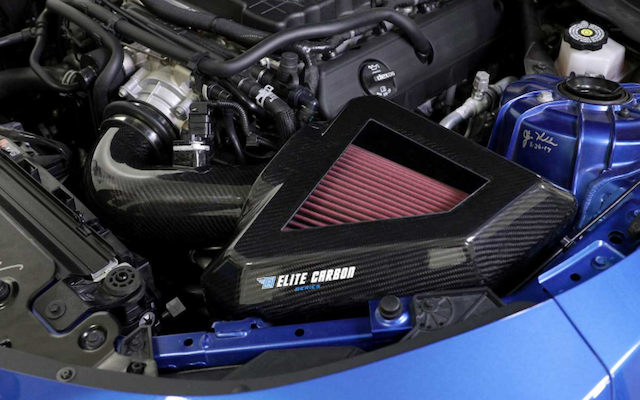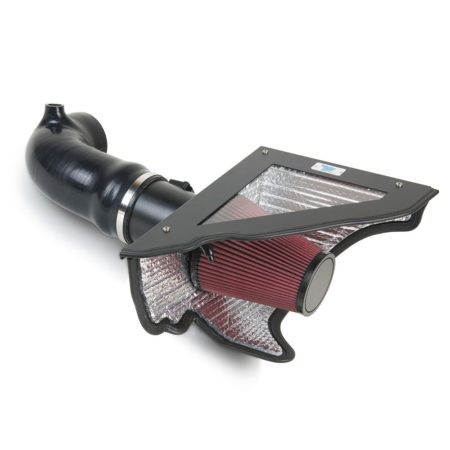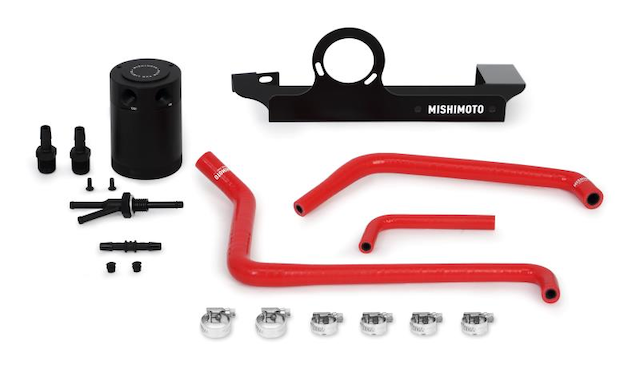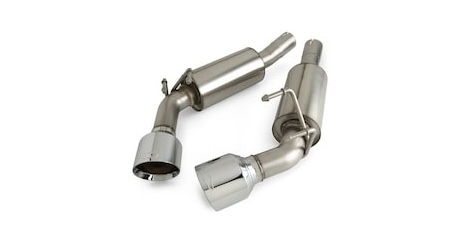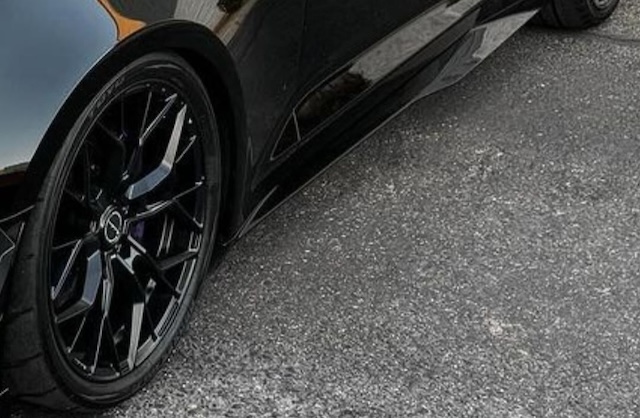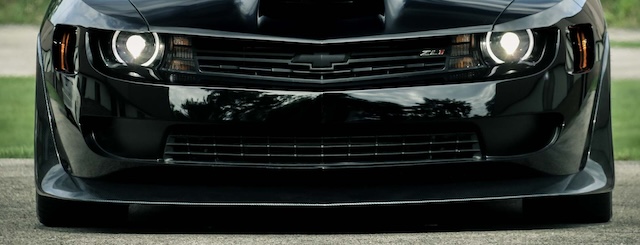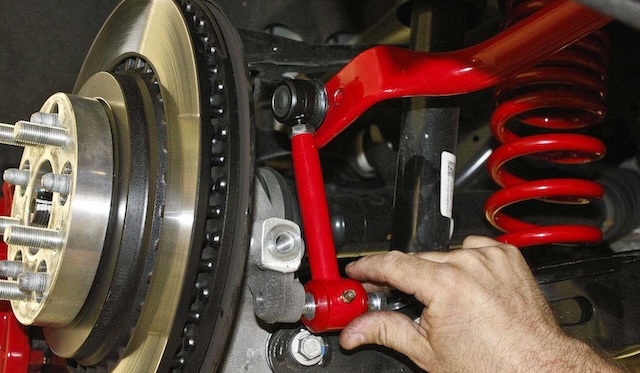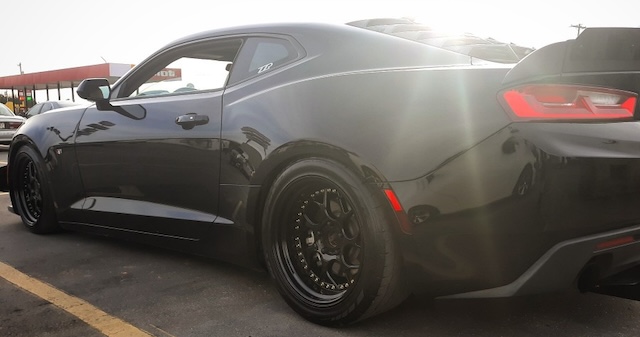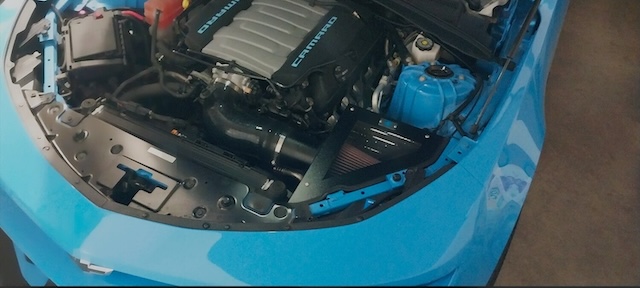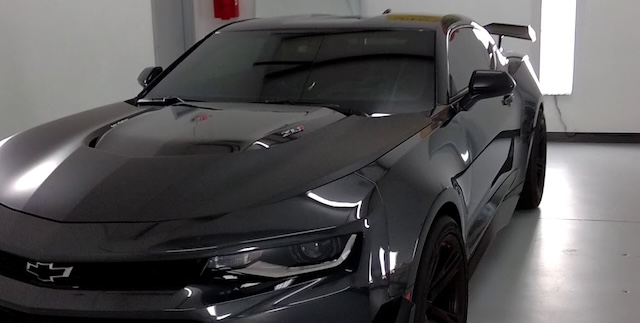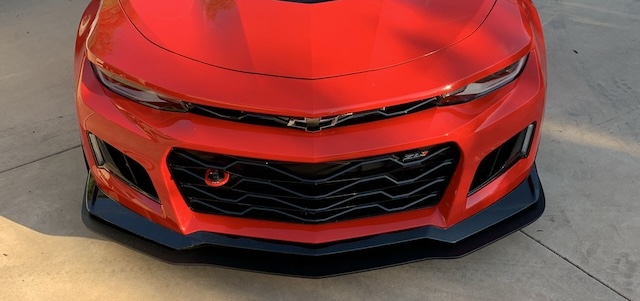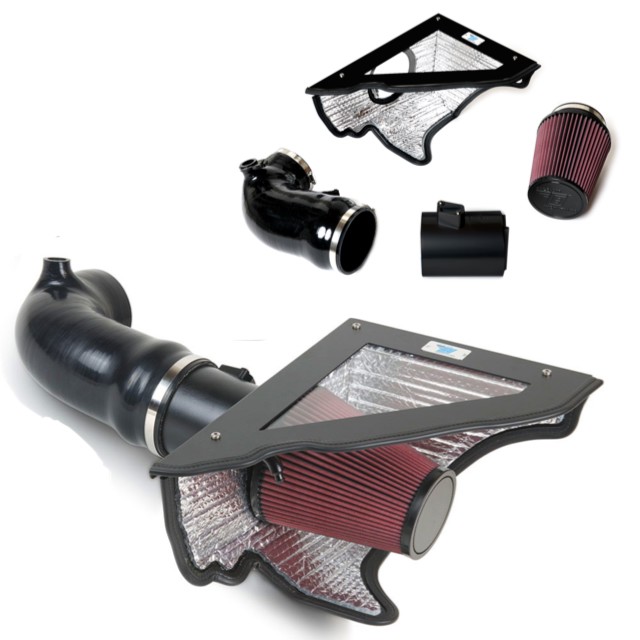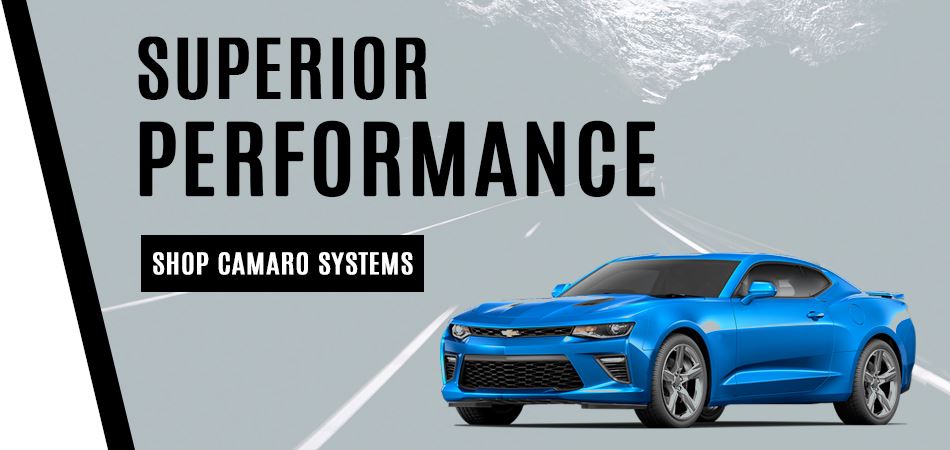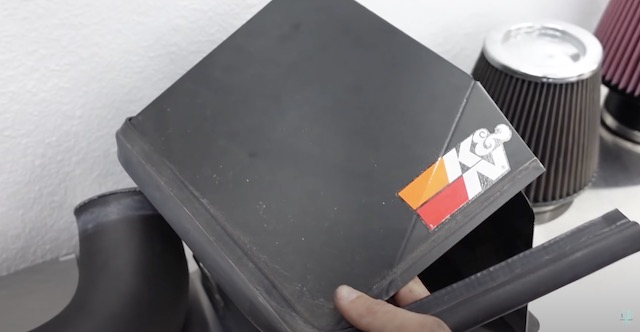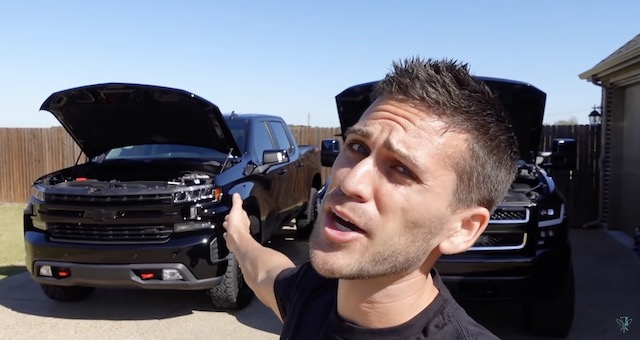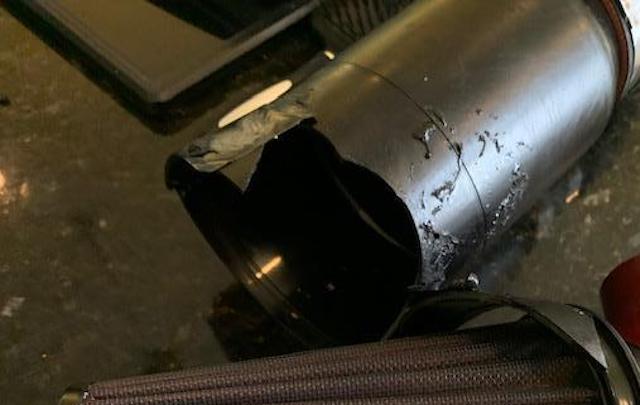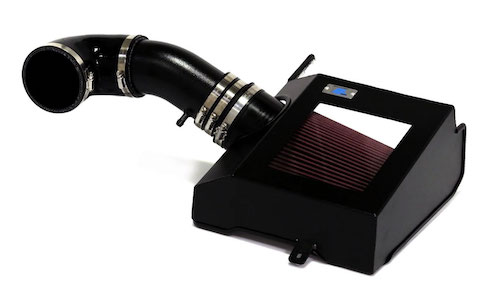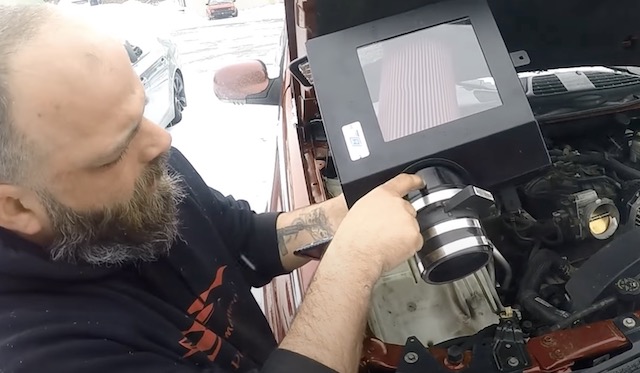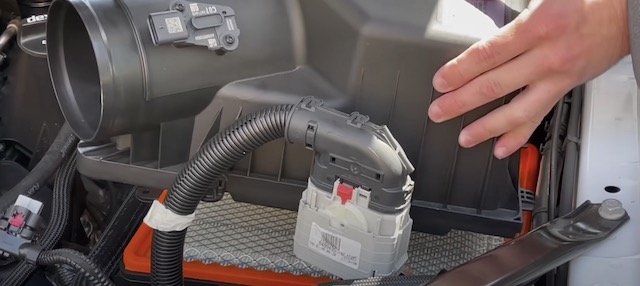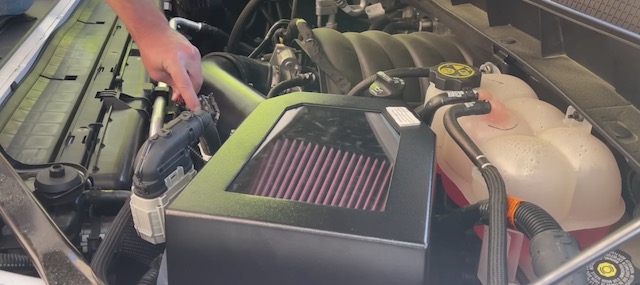Power, Performance, and Efficiency – The Best Chevy Silverado Cold Air Intake
Upgrading your Chevy Silverado’s performance has never been easier with a Cold Air Inductions cold air intake system. In this video, the Lone Star Hawaiian installs a CAI intake on his 2020 Chevy Silverado and talks about the performance benefits.
Quick And Easy Installation
According to Lone Star Hawaiian, installing the CAI intake on his 2020 Silverado Trail Boss not only adds a few horsepower but helps it “make some amazing sounds.” Combined with a muffler delete, the truck is transformed into something “truly epic” that he enjoys driving.
As shown in the video, the CAI kit is a high-quality cold air intake system designed to fit specific models, like the 2019 to 2024 Chevy Silverado with the 5.3-liter or 6.2-liter V8 engine. Unlike many plastic intake systems, our kit includes an aluminum air box with a clear inspection window and a thermal-coated intake tube, which insulates the air flowing into your engine, keeping it cool.
Lone Star Hawaiian is clearly impressed by the quality of the kit, including the “really well thought-out and executed instructions.” Not only do they include, clear, detailed step-by-step photos, but make it a cinch to install the CAI intake. Using only a few hand tools, you can install the kit in less than an hour, even if you’re not a seasoned mechanic.
Adding Power And Better Sound
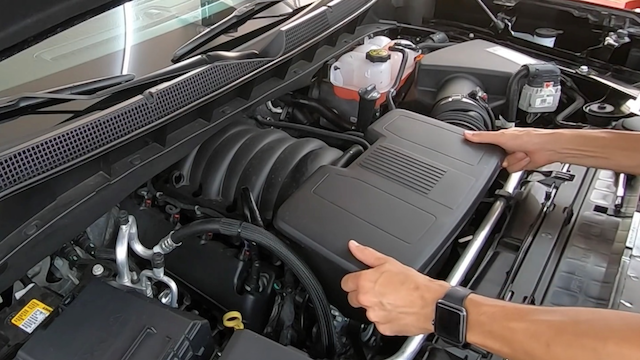
Taking the Silverado for a test drive, Lone Star Hawaiian immediately notices a difference. Not only does his 2020 Trail Boss Silverado sound better, but it’s “lighter on her feet.” The sound is throatier with a “wisp of intake charge noise.” Coupled with the muffler delete, the Silverado sounds transformed and may be the perfect combo for his vehicle.
From our own extensive testing, we know that the CAI cold air intake will add up to 11 horsepower at the wheels and provide better fuel economy. It also wakes up your engine, making it more responsive. All while improving engine sound and adding a stylish, custom look to your truck’s engine.
Take Your Truck To The Next Level With A CAI Cold Air Intake
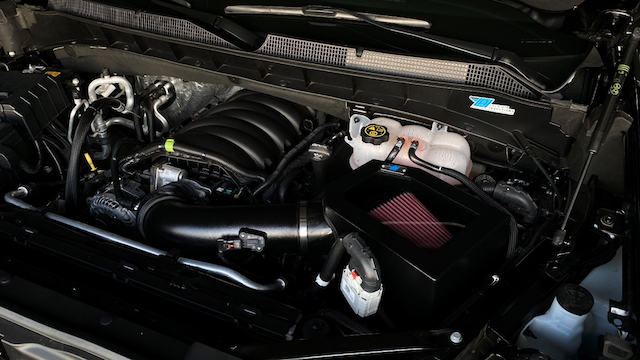
In addition to the Silverado, we make kits for other Chevrolet and GMC Trucks as well as SUVs. Or check out our selection of cold air intakes for other vehicles to find the perfect fit! With CAI, you’re not just upgrading your car or truck; you’re getting the following benefits that will enhance your driving experience:
- Proven Performance: Our intakes are dyno-tested with results to support our claims.
- Quality Materials: Only the highest quality materials are used to ensure durability and efficiency.
- Easy Installation: Designed for a straightforward install, getting you back on the road faster.
For more information and to view our full range of products, visit Cold Air Inductions. You can also check out the full review as written by Lone Star Hawaiian below:
“There’s no doubt that Cold Air Intake systems are incredibly popular. Typically, the first thing “enthusiasts” do when they buy a car if it doesn’t already have one, is pull out the stock intake system and replace it with a “Cold Air Intake System.” Part of the reason they are so popular is 1) they are easy to install, and 2) they work well. And how they work is surprisingly elementary. Here is a recap of the install of a Cold Air Induction Elite Series cold air intake for my 2020 Silverado Trail Boss:
Shortly after purchasing my brand-new 2020 Silverado Trail Boss, I quickly noticed two things that needed to be changed, immediately. The first was the lack of “noise” a typical truck should make. Without an exhaust tone that was audible from the cab, it is near impossible to hear or feel your truck’s RPM. Without literally looking down at your tach, the amount of effort you’re asking from your tried-and-true V8 is a complete mystery. This was easily solved with a muffler delete kit from AFE, which quickly livened the truck up for a low cost and easy install. The truck is still equipped with a restrictive exhaust with cats and multiple resonators, so my neighbors don’t hate me…yet.
The next issue I needed to tackle was the hideous and extremely restrictive stock air intake system. When Chevrolet redesigned what is the “new and improved” Silverado for 2019, they redesigned the entire engine bay. The airbox moved from the passenger-side, where it lived for generations, to the driver-side of the engine bay. Also with the redesign came an extremely aggressive front end. Additional brackets were added at the front corners of the engine bay causing the stock air-box to be mounted much closer to the engine than the previous generations. When you move the stock plastic air box right next to the 8-cylinder furnace (also known as your engine), it’s easy to believe the air being fed through the stock filter and box is hotter than it needs to be. This is where a Cold Air Intake becomes a huge advantage.
So why don’t manufacturers do this from the factory? The cylinders in internal combustion engines generate power through controlled explosions with fuel and air. Typically, your stock engine does not receive as much air as it should for an optimal combustion cycle. Stock air intakes are designed to keep engine noise level to a minimum by using restrictive bends and a disposable filter usually at the expense of horsepower and efficiency. Surprising, right? If you are buying a truck, especially a Trail Boss, chances are you don’t expect the noise level to be kept to that of a Rolls-Royce. By freeing up the restrictive flow, you allow your engine to intake air more efficiently, and in a related benefit, it sounds dang good. But that’s only part of the advantage.
The “Cold Air” portion of Cold Air Intakes provide both increased performance and better fuel efficiency, and how this works is pretty simple. If you think back to your 7th-grade chemistry class, you’ll remember that when you compare hot air to cold air, the air molecules of hot air are spread much further apart than cold air. As air is cooled it becomes much denser, which means more oxygen. If you have a charge of cold air into a confined area, like an engine cylinder, you have much more oxygen molecules in that cylinder than you would have with hot air. And more oxygen equals more powerful and efficient combustion. This results not only in increased horsepower (upwards of +14 hp with Cold Air Inductions system), but increased fuel efficiency. So, more power and you save money at the pump. Does it get any better?
The Cold Air Inductions intake system is constructed of high-quality heat-shielding material that prevents any heat soak. As you drive on hot summer days, you have confidence that the high flow filament filter and streamlined MAF tube will allow cold air to be sucked in through the shielded intake box to be converted into horsepower and big smiles. The combination of AFE’s muffler delete and Cold Air Inductions intake system creates an intoxicating sound that will most certainly lead to a very heavy right foot.
As an easy power-adding-gas-saving modification, the Cold Air Inductions intake system for the 2019–2020 Silverado is an absolute no-brainer. The truck feels lighter on its feet, and the throttle is crispy as a potato chip. The combination of sound and throttle response typically leads to feelings of horsepower gains, but this cannot be verified without a before/after dyno test. Even though I cannot verify the claimed +12 / +14 hp, I can claim an immediate increase in fuel efficiency. After several hundred miles driving, my highway mileage has increased from 19.5 mpg to 22 mpg. Cold Air Inductions’ intake on my Silverado is going to pay for itself in no time with these increases. But as for the smiles it puts on my face at wide-open throttle, it’s priceless.“

